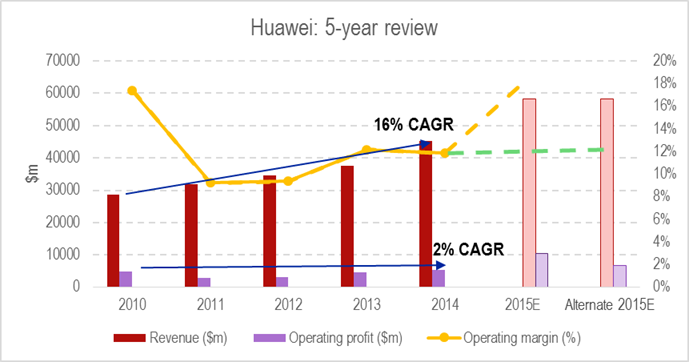
Telco digital twins: Cool tech or real value?
Deployment of digital twins by telcos runs significantly behind some verticals as they have less compelling use cases. However, they are now going live in multiple network-related areas. What are the key drivers and barriers of digital twin adoption in telecoms?









